Brompton S2L Superlight folding bike review
Brompton has dropped the weight of its folding bike with a titanium build – Oswin Grady put it through its paces
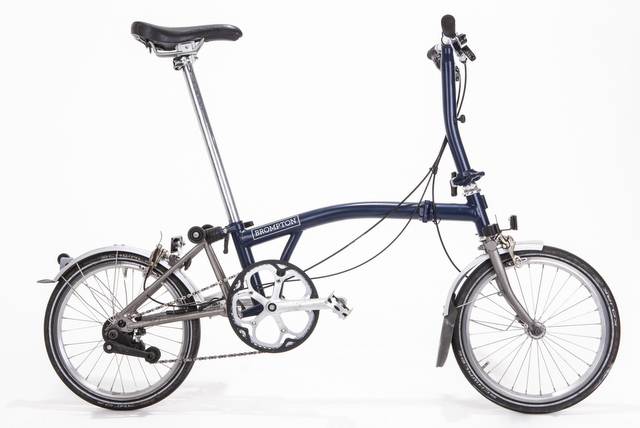
Brompton has been the benchmark in folding commuters for some time, and has to be considered for anyone wishing to commute via public transport. The S2L Superlight does cost significantly more than a standard model, but for that money you do get a bike which is lighter, easier to carry and feels just that bit pacier than the standard version. Whether it is worth the extra investment will come down to personal choice, and weighing up intended use.
-
+
Superlight frame makes for fast, agile ride
-
+
Ease of fold and carrying
-
+
Compact folding size
-
+
Range of options to suit different sizes and riding styles
-
-
Cost
You can trust Cycling Weekly.
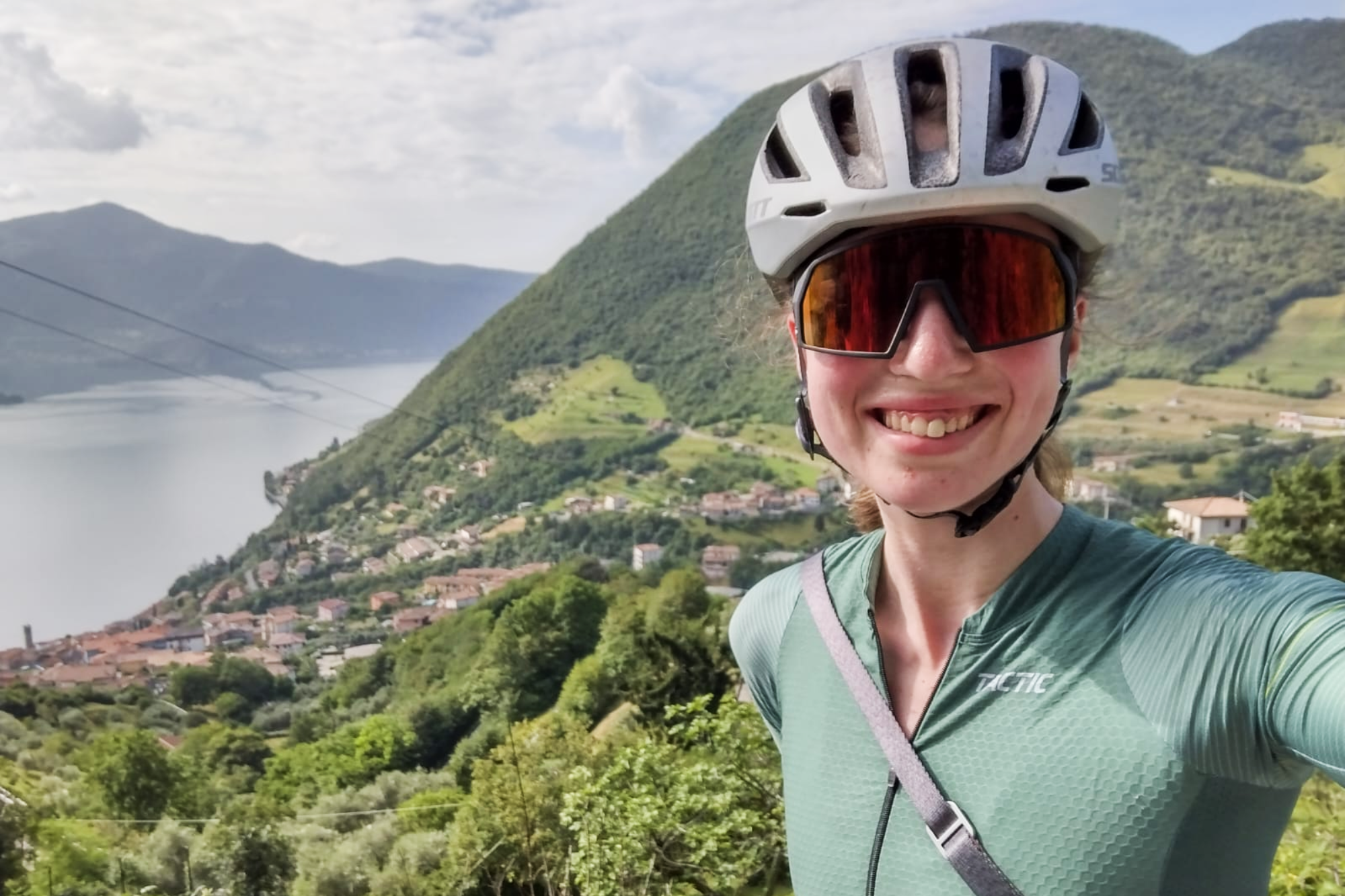
Brompton has a reputation for setting the standard for folding bikes – easy to commute with, hardwearing and with a surprisingly good ride for a bike with 16in wheels. British designed and built, the Brompton has become something of an icon of British cycling and is seen in increasing numbers on the roads of many UK towns and cities.
As a Brompton owner – of the similar steel S3L model – I was very interested to see what difference the Superlight frame would make to the ride quality, portability and attractiveness of the bike as an option when considering which folding bike to buy.
>>> Brompton goes electric with new folding bike
The build
Brompton's Superlight frame – titanium and steel built – is the major difference between this model and a standard S2L steel-framed model. This titanium/steel mix results in the overall bike weighing 10.2kg compared with a standard bike in similar spec being 10.9kg. The three-speed S3L model that I currently own comes in at 11.5kg, with its Superlight sibling carrying a claimed weight of 10.7kg – though we made it 10.33kg on the scales.
The Superlight two-speed model, with mudguards, is priced at £1,555; the standard model comes in at £950. Given the price differential the Superlight model would have some work to do in order to convince that it is worth the extra investment.
>>> Brompton: the perfect commuting machine?
This test model, in an attractive Tempest Blue, came with the S type handlebars – these are Brompton's flat handlebars which it claims make for a sportier ride. The company offers three other handlebar types – the M and H types, which result in a more upright riding position, and the P type which offers several different positions and would be of interest to those looking to ride longer distances on the bike.
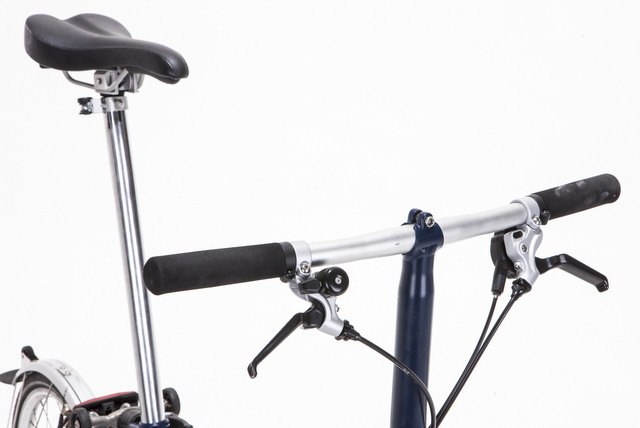
>>> Cycle to work scheme: everything you need to know
As well as offering numerous handlebar positions, Brompton also offers a standard seatpost, an extended version, and a telescopic version for taller riders. The telescopic seatpost adds a further £40 to the build price.
The bike comes with two gears, and Brompton also offers -7 per cent and -18 per cent options for lower speeds or more challenging gradients than the London streets this was tested on.
Mudguards, included in the build price of £1,555, are essential if the bike is used for day to day commuting, and were trouble free on the test bike as they have been on the S3L version that I have ridden through the week for 18 months now. The bike is finished with Schwalbe's Marathon Racers, a relatively slick tyre with impressive grip.
The fold
A key consideration when purchasing a folding bike is the ease of fold and the compactness of the folded bike. Often this is where most compromise is made, with bigger-wheeled folders conceding on fold size in order to prioritise ride quality. The choice comes down effectively to what the bike will be used for.
For a commute involving public transport Brompton is ahead of the competition. After a couple of tries, folding the Brompton is quick and intuitive, and takes only a few steps. More than that though, there is not a folding bike on the market that gives as positive a ride yet folds as small as the Brompton.
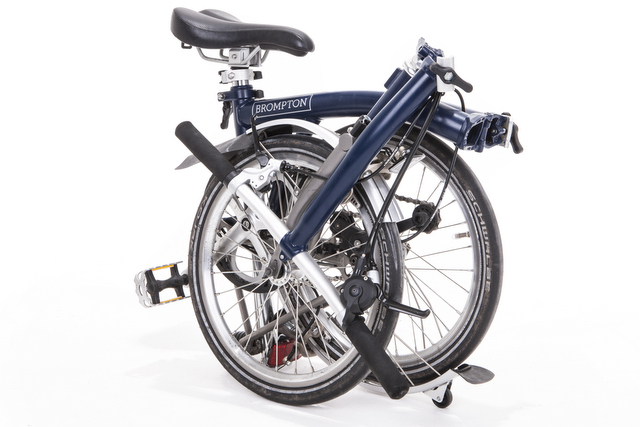
It is capable of stowing in luggage racks, under seats and out of the way – a definite advantage on busy commuter trains.
Carrying
In day-to-day use a folding bike will see a certain amount of carrying: again this will depend on intended usage. My commute involves carrying the bike up and down stairs, on and off trains.
Unfolded the Brompton feels extremely light to carry – a marked difference to the standard model. When folded it also feels easier to manoeuvre than the standard version.
The ride
Where other, bigger wheeled, folders err towards a 'real bike' feel, the Brompton is unashamedly a folding bike, but such is the quality of the build and the light feel of the frame that this does not feel a disadvantage for city riding. This is the same for Superlight and standard models.
On first impressions the S bars may feel a bit twitchy when coupled with the smaller wheels, but after a couple of rides it is clear that as well as giving the bike a more sporty look than other models, they make for an agile, fun and responsive ride. Given the number of other options it is worth considering which handlebar would suit your preferred riding position.
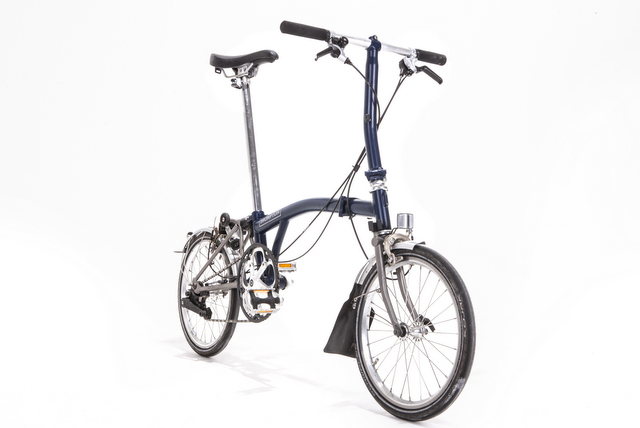
Given the reduced weight of the Superlight frame, the standard ratio feels a little undergeared at times when on the flat and the opportunity arises to give the bike a decent push. Personally I would recommend the three-speed Sturmey-Archer gears that I have on the S3L – offering a wider range of gearing that would suit the potential of this lighter frame. As with handlebar choice, test riding different ratios is definitely recommended.
Overall however, having ridden and owned a couple of standard Bromptons over a number of years, the question for me was whether the Superlight version would feel different, and the answer is a definite yes.
The reduced weight, combined with the slicker Schwalbe tyres, gives the ride a real sense of urgency, particularly noticeable when accelerating away from junctions and lights. It feels fast, certainly fast enough for around town, and ultimately I was a little disappointed to hand the test bike back and revert to the standard Brompton.

Thank you for reading 20 articles this month* Join now for unlimited access
Enjoy your first month for just £1 / $1 / €1
*Read 5 free articles per month without a subscription

Join now for unlimited access
Try first month for just £1 / $1 / €1
Get The Leadout Newsletter
The latest race content, interviews, features, reviews and expert buying guides, direct to your inbox!

I’ve been hooked on bikes ever since the age of 12 and my first lap of the Hillingdon Cycle Circuit in the bright yellow kit of the Hillingdon Slipstreamers. For a time, my cycling life centred around racing road and track.
But that’s since broadened to include multiday two-wheeled, one-sleeping-bag adventures over whatever terrain I happen to meet - with a two-week bikepacking trip from Budapest into the mountains of Slovakia being just the latest.
I still enjoy lining up on a start line, though, racing the British Gravel Championships and finding myself on the podium at the enduro-style gravel event, Gritfest in 2022.
Height: 177cm
Weight: 60–63kg
-
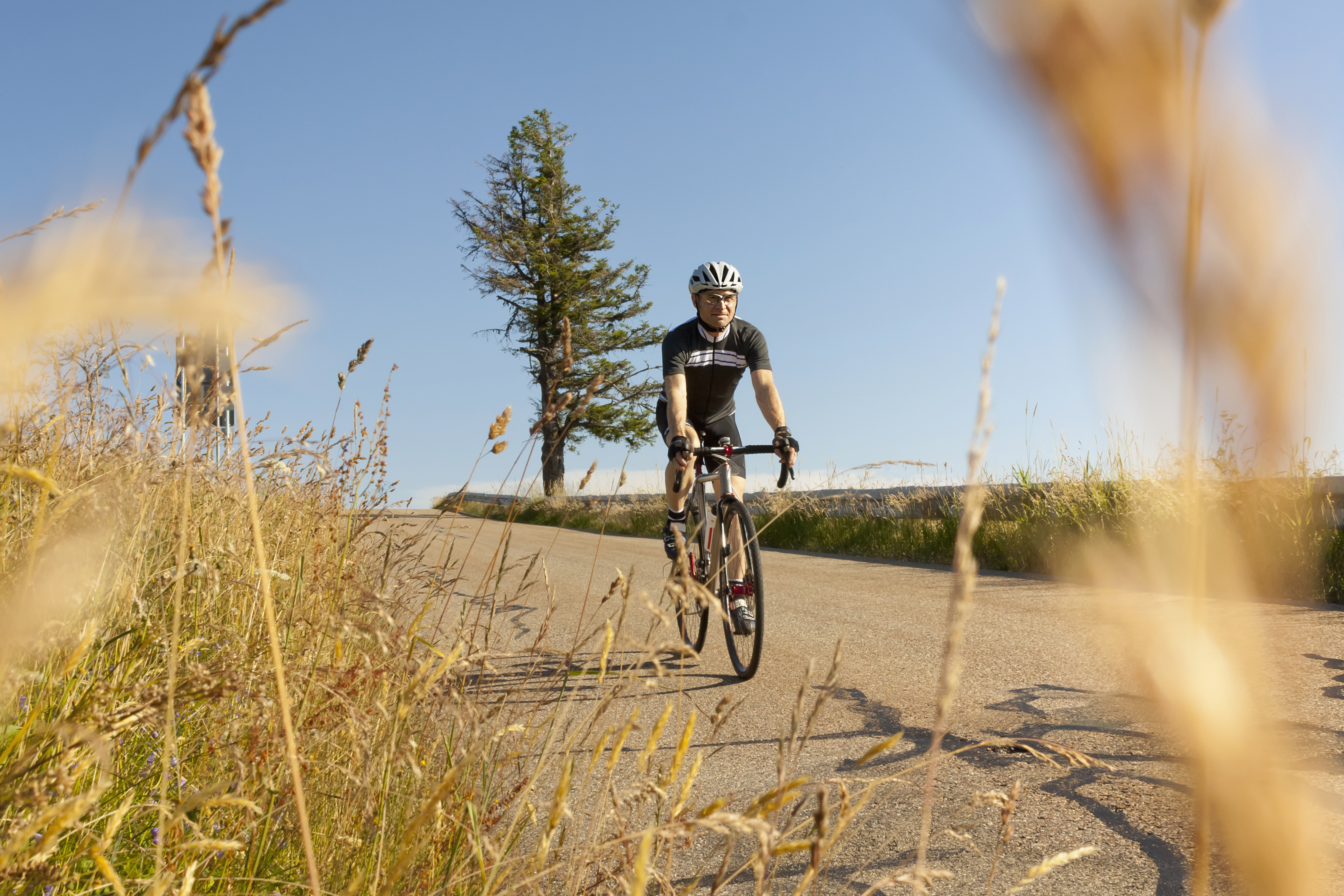 Hayfever and your riding: how to combat it as the pollen strikes
Hayfever and your riding: how to combat it as the pollen strikesExplanations, medications and holistic measures to make your spring and summer riding more enjoyable
By James Shrubsall Published
-
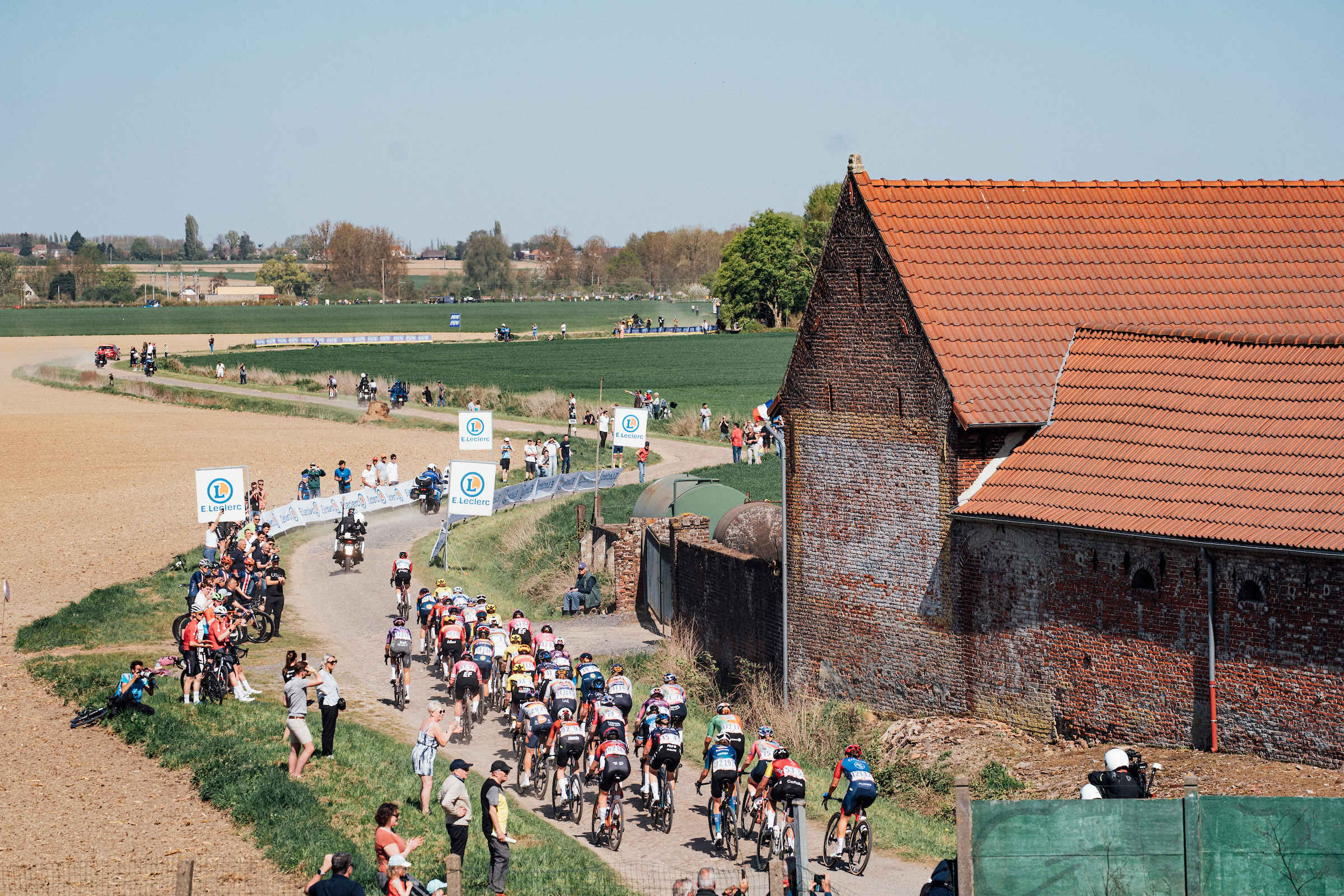 I went to Paris-Roubaix Femmes and was shocked at how it is still treated as secondary to the men’s race
I went to Paris-Roubaix Femmes and was shocked at how it is still treated as secondary to the men’s raceThe women’s version of the Hell of the North is five years old, but needs to be put more on equal footing with the men
By Adam Becket Published
-
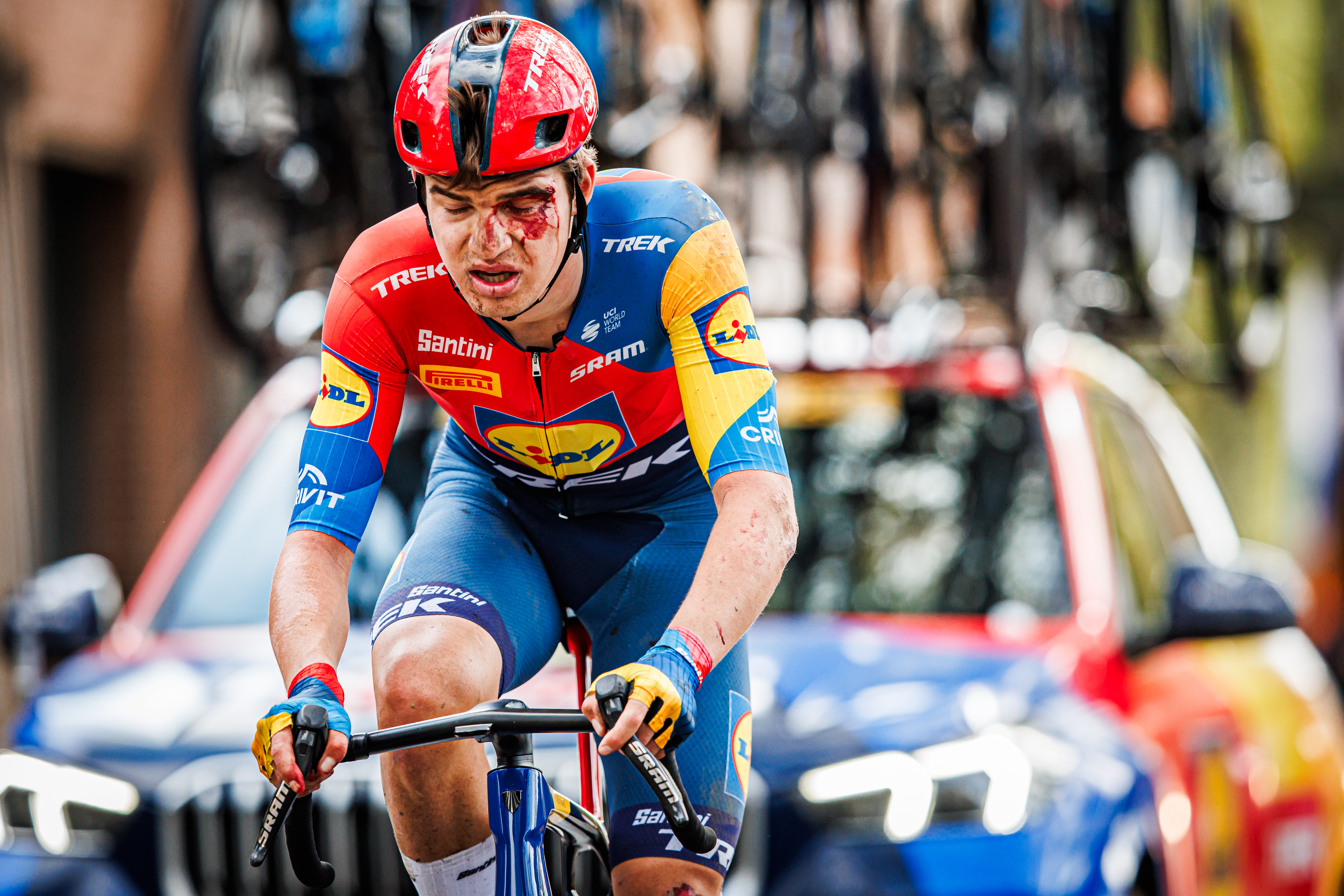 Broken hips, hands, and collarbones: Paris-Roubaix's lengthy injury list lays bare brutality of race
Broken hips, hands, and collarbones: Paris-Roubaix's lengthy injury list lays bare brutality of race"It probably wasn't the best idea to continue," says one of weekend's many wounded riders
By Tom Davidson Published